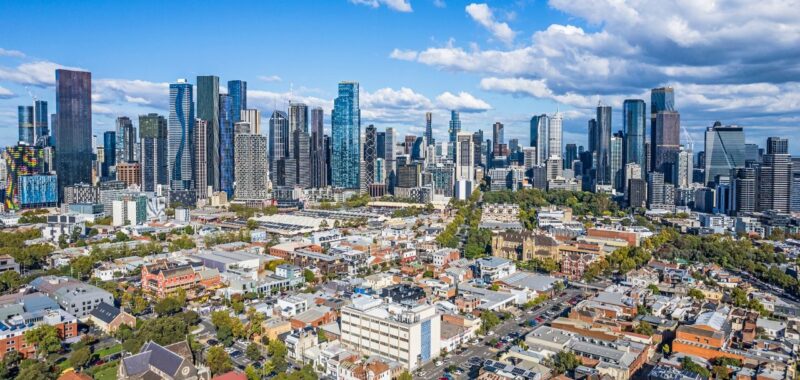Australia’s rental market is showing signs of easing, with the pace of growth slowing and more properties becoming available for tenants.
According to the latest PropTrack Rental Report, median weekly advertised rents reached $610 in the September 2024 quarter, up 1.7 per cent.
Capital city advertised rents rose 1.6 per cent to $640 per week over the quarter, while regional rents increased 1.9 per cent to $540 per week.
Nationally, rents increased 7 per cent year-on-year, marking the weakest annual rental growth since September 2021.
Capital city rents saw a 6.8 per cent increase over the year, the slowest growth since December 2021, while regional rents rose 8 per cent year-on-year.
Unit rents continued to outpace house rents, with annual growth of 9.1 per cent compared to 6.9 per cent for houses.
However, the gap between unit and house rents has narrowed to just $20 per week.

PropTrack Director of Economic Research Cameron Kusher said the data reflects an easing of rental market pressures.
“While the cost of renting remains higher than a year ago, the pace of price growth has slowed,” Mr Kusher said.
“This reflects an easing of rental market pressures, which we expect to continue.”
Mr Kusher said that increased rental stock availability and rising costs are impacting demand.
“With more stock available for rent, and the cost of renting rising at a pace above inflation over recent years, the capacity to pay rent is now impacting demand,” he said.
Sydney remains the most expensive capital city for renters, with median advertised rents unchanged over the quarter at $730 per week, up 5.8 per cent year-on-year.
Surprisingly, Melbourne emerged as one of the more affordable capital cities, with median advertised rents of $570 per week, cheaper than all other capitals except Hobart.
Despite the slowing growth and increased availability, Mr Kusher said that rental supply remains tight overall.
“Although the pace of rental growth is slowing and more stock is available for rent, supply remains low,” he said.
“However, we anticipate more balanced conditions in the coming months.”

